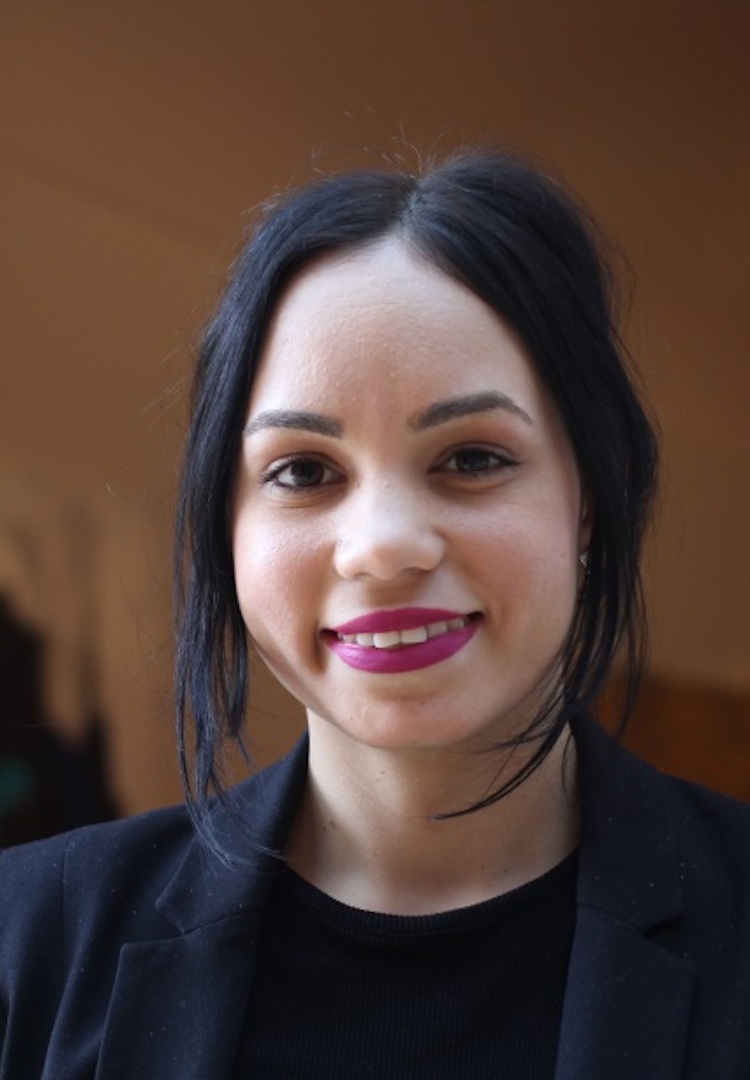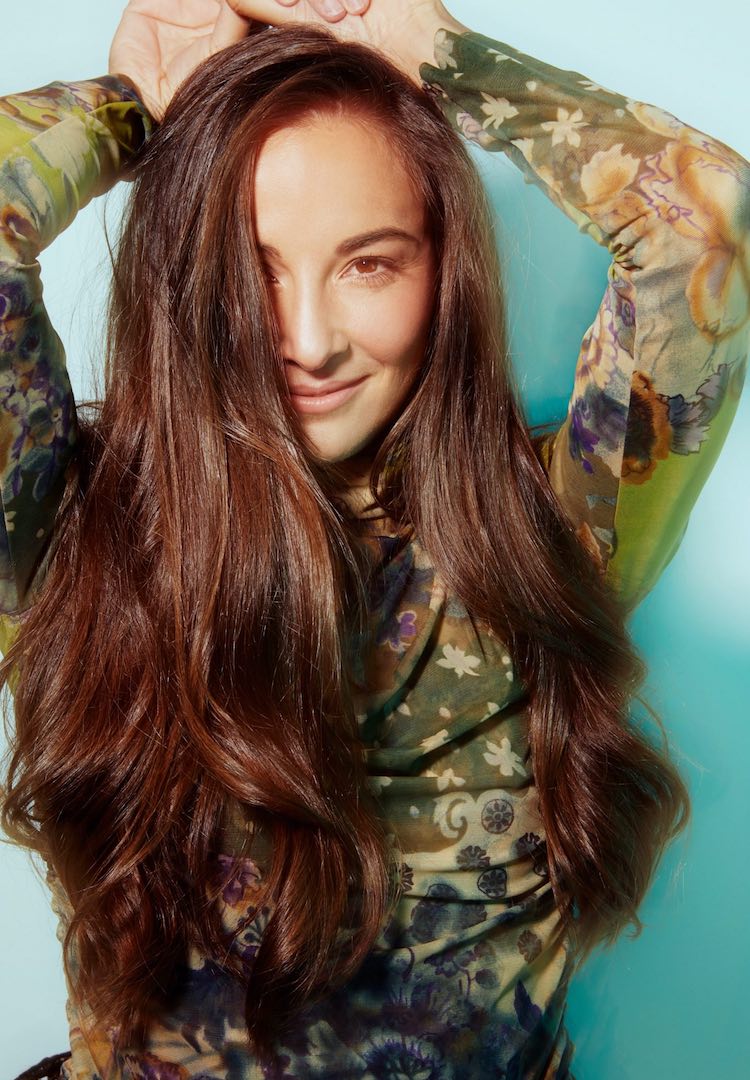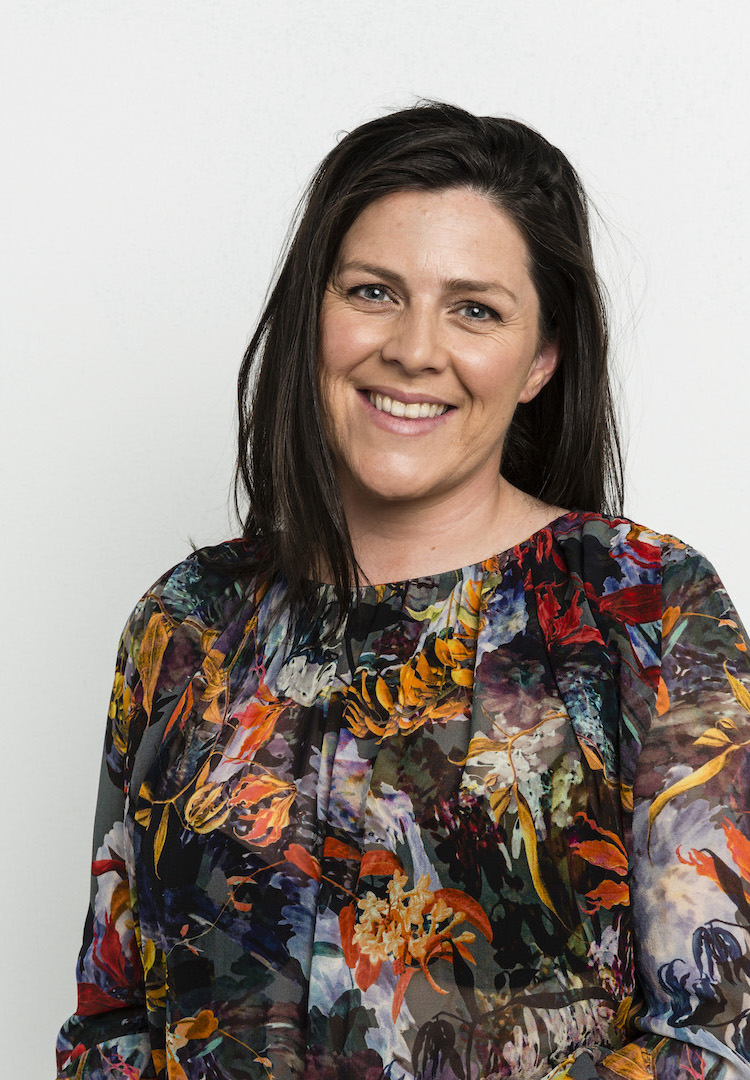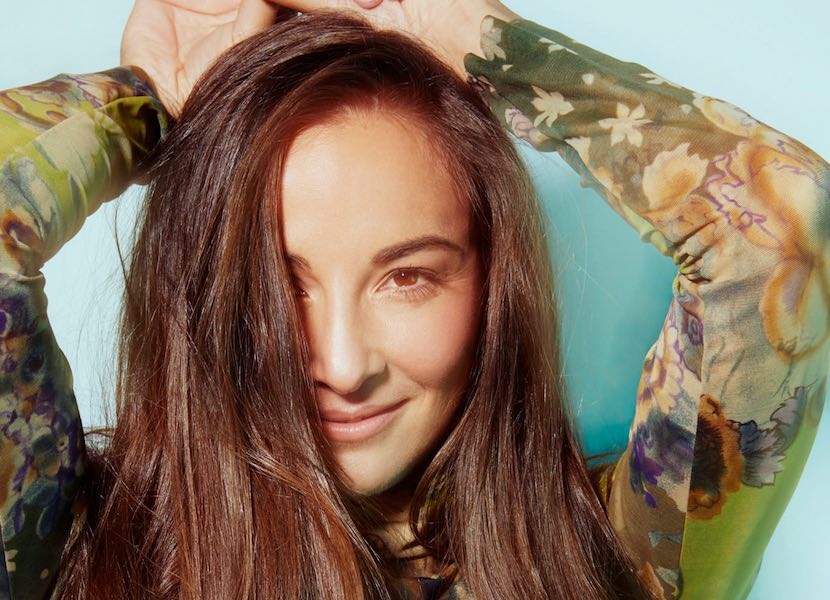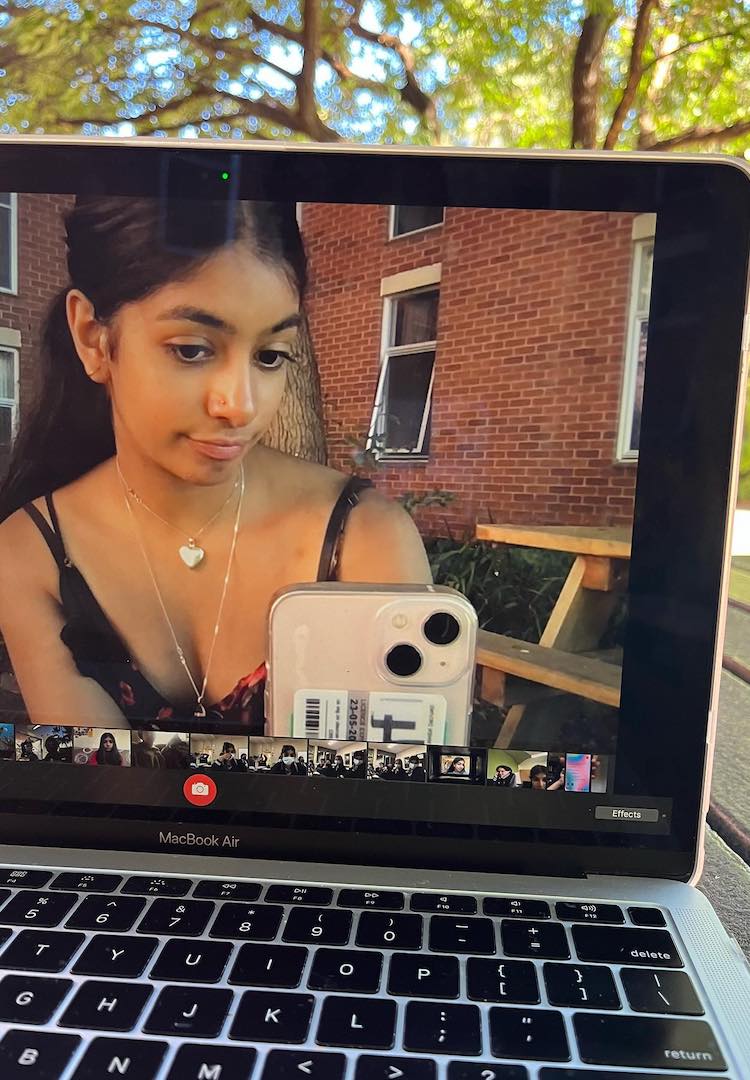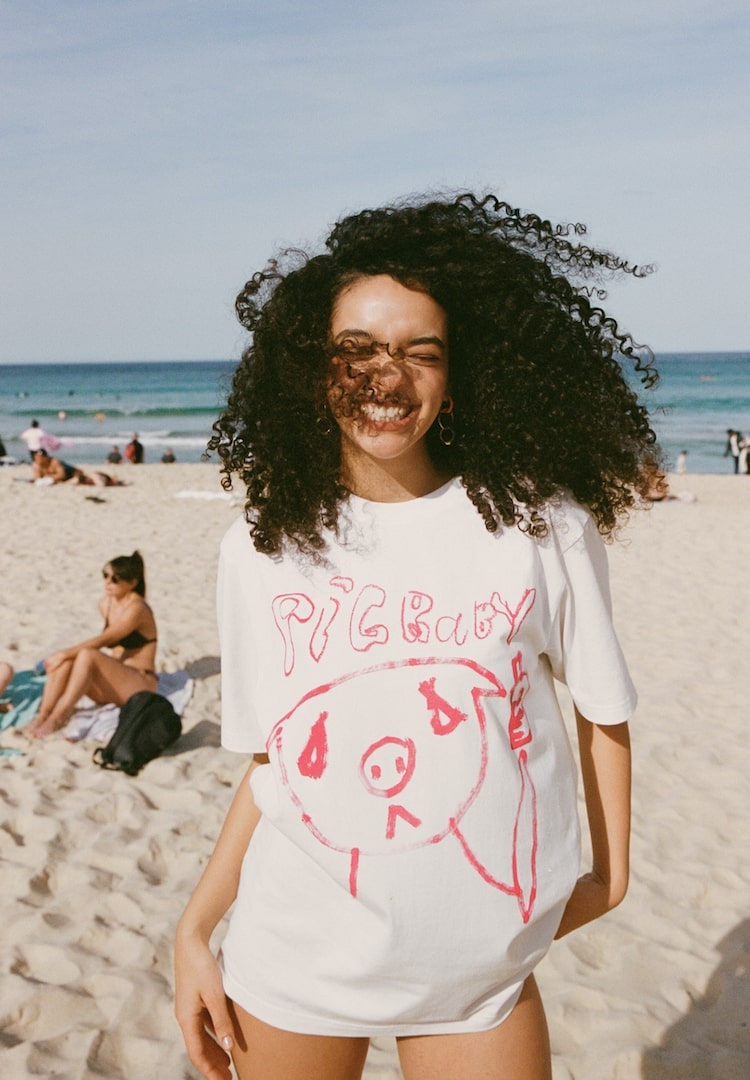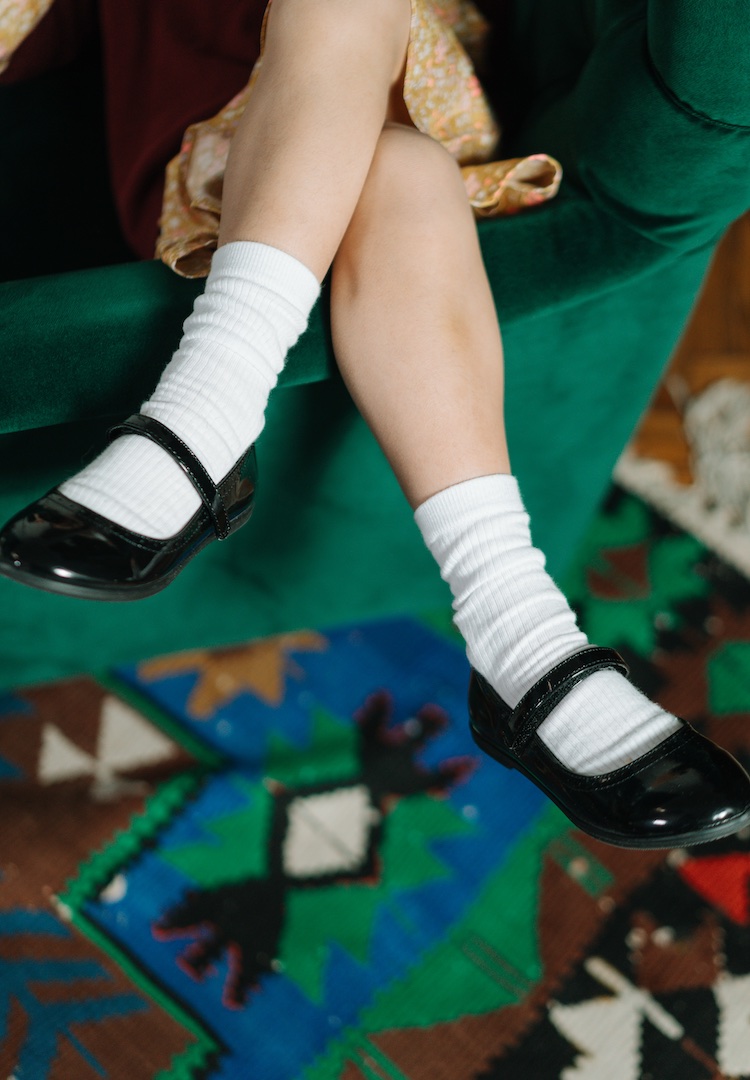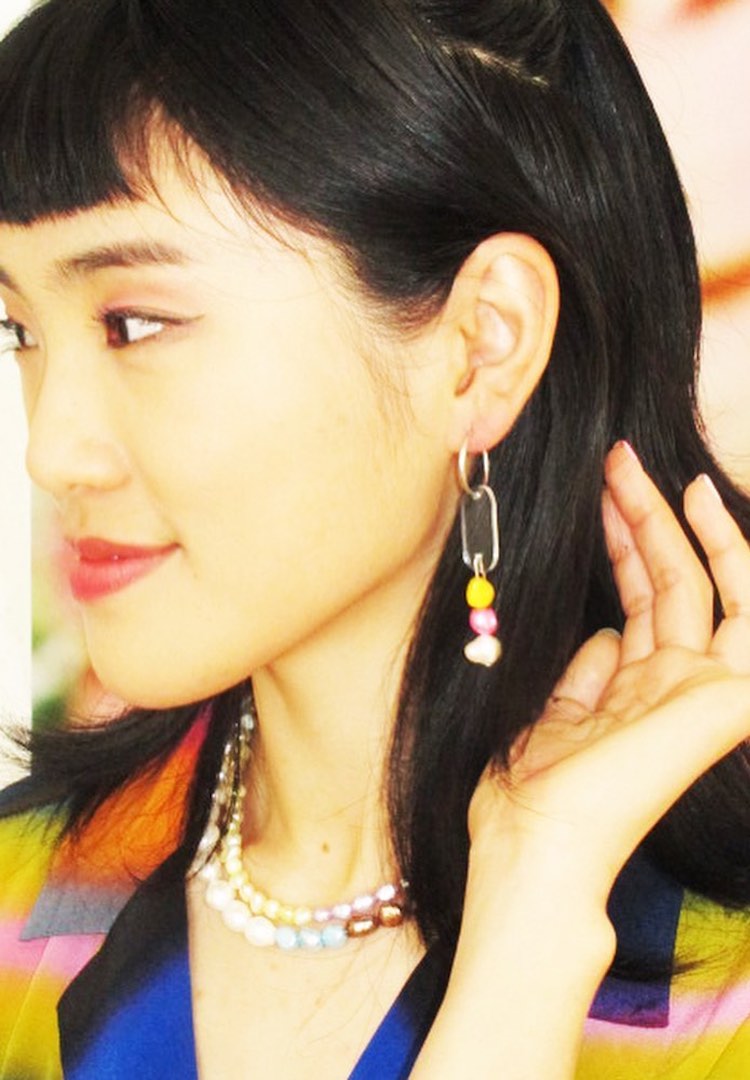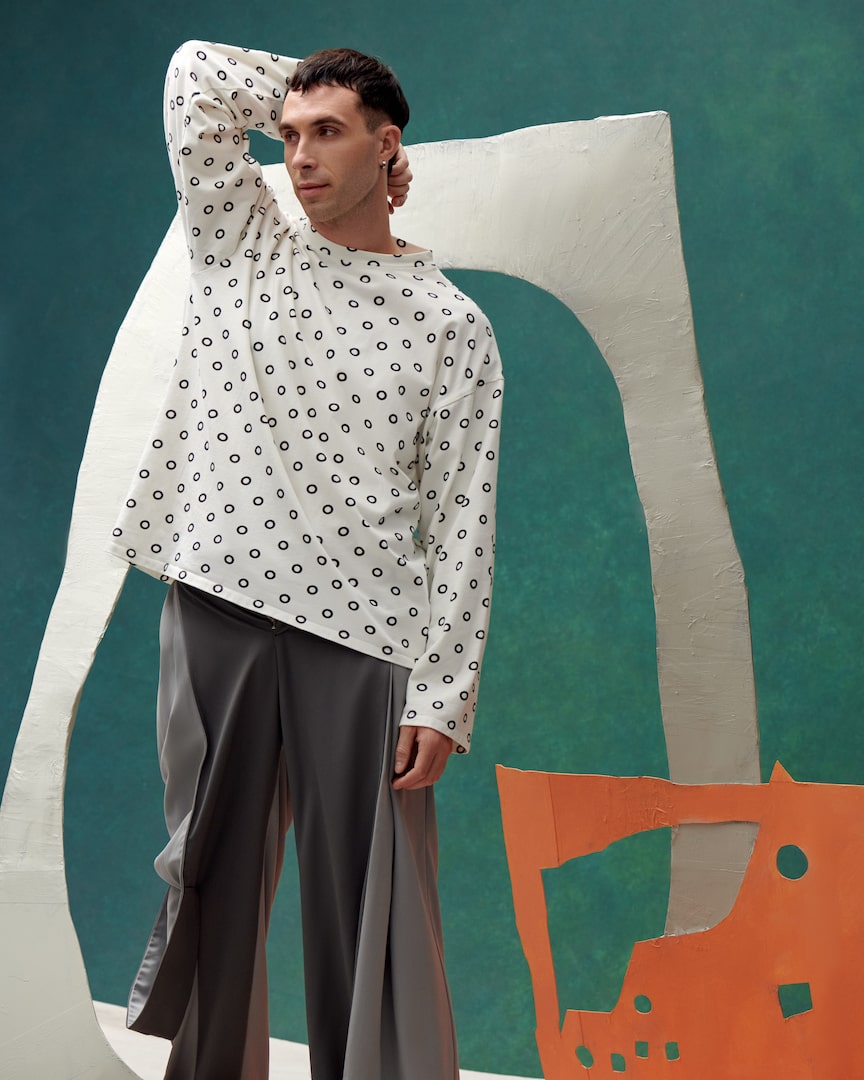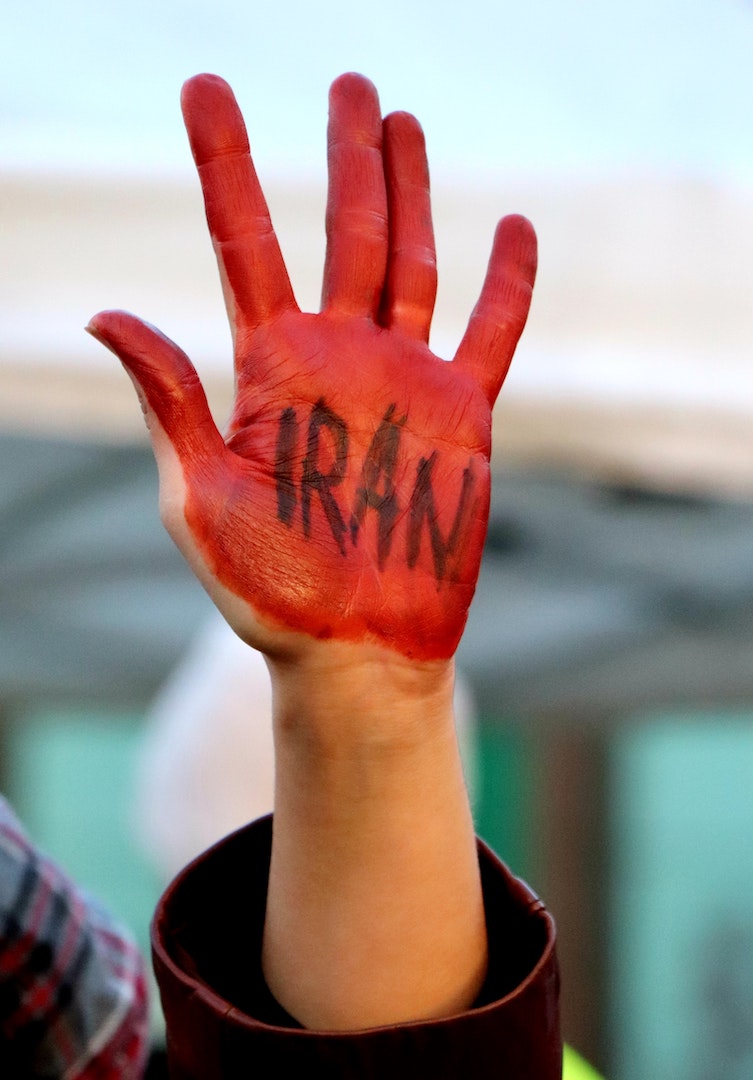How activist and model Angel Dixon is shaking up disability representation
WORDS BY JASMINE WALLIS
Changing the game, one cane at a time.
In the 2016 rom-com, How to Be Single, there’s a scene where Dakota Johnson’s character, Alice Kepley, struggles to unzip the back of her dress and has to create a contraption to assist her.
Although the scene is making a point about functional clothing as a single woman, it’s one that disability activist and model, Angel Dixon, wants everyone to remember.
“It’s silly that we make clothing purely for the look, and we don’t think about the comfort of its users,” she says.
The point is particularly pertinent for Angel, who has a physical impairment that means she requires support from a cane and wheelchair.
She’s a strong proponent of universal design; a concept by which an item or environment can be accessed, understood and used by all people, regardless of their age, size or disability. “[It’s] about creating things to be usable to all people without the need for specialised adaptation,” she explains. “Fashion in particular, or clothing design, is an area where people are forgotten.”
It was through her own experiences that Angel began to notice an absence of people with disability in the fashion industry. Beyond accessibility of clothing, she realised there were no models anywhere in the world using a cane on mainstream runways. While a friend of hers was working on a clothing line built on universal design, Angel began submitting photos of herself to modelling agencies. After a few rejections, she finally was cast at Los Angeles Fashion Week to walk for her friend’s brand, cane and all.
“Modelling wasn’t my first choice, but as soon as I realised that people with disability weren’t being represented within these places, I wanted to do something about it,” she says.
Since that first runway show, Angel has gone on to be a two- time international Mercedes-Benz Fashion Week model; the first adult disabled model to be featured in a national television commercial in Australia; and in 2019, was named Queensland’s Young Person of the Year.
So, why did she choose media and fashion as the vehicle to create awareness around disability?
“We’re consuming [media] more than we ever have and they’re the things that inform our perceptions and attitudes,” she says, “but fashion in particular, or clothing design, is an area where people are forgotten.”
In the same way that a good outfit can make you feel empowered, Angel finds herself feeling more in control of her day when she can dress more freely and easily.
“I work in boardrooms with executives and if I had to wear clothes without buttons all the time, or stuff that purely worked to my body type, then I’d be turning up in trackpants and a T-shirt every day,” she says, laughing. “And I can’t do that, so whenever I find an item that has thought about design slightly differently, I stick to it, because it’s freeing and there are so many people that are starting to think about that now.”
Universal Design, she says “is about creating things to be usable to all people without the need for specialised adaptation”.
Though she understands people’s confusion. “You can’t capture everyone’s requirements in one item. But the whole concept of universal design is that you could capture those needs in several items that look the same.” She gives an example of a range that uses the same colours, cut and style, but has multiple ways of fastening each garment.
The young activist is currently working with a few brands to try and get more universal clothing designs into the market. “It’s exciting for me because then, not only would marketing be inclusive of disability, but the products would be inclusive, which takes away all of the tokenism that’s in our marketing at the moment.”
Angel’s work in the activism space has seen her help drive an organisation called Starting with Julius, a not-for-pro t organisation that campaigns for more inclusive casting by big fashion brands and retailers. It works with the likes of Target and Kmart, assisting them to include people with disability in their advertising in a more holistic way.
“It’s not just about throwing people with disabilities in advertisements. It’s about making sure that they are participating equally behind the scenes. Otherwise, it’s not sustainable and other people aren’t going to be included in the future.”
After Angel modelled in a national Target campaign, she explains the retailer was “inundated” with positive messages, emails and social media comments. But for Angel, the most positive aspect to emerge from the campaign was that people with disabilities began applying for jobs at Target.
“I think that’s important to remember,” she says. “If your company or brand represents people with disability, then the expectation is that your company ‘gets’ it. It has a positive flow-on effect.”
Angel notes there’s still a long way to go to reach equal representation in the media, but whether she’s focusing on fashion, activism or representation, the future that she’s helping to create is, in her own words, “a melting pot”.
“The future looks like freedom of choice,” Angel says to me firmly, “and everyone together.”

